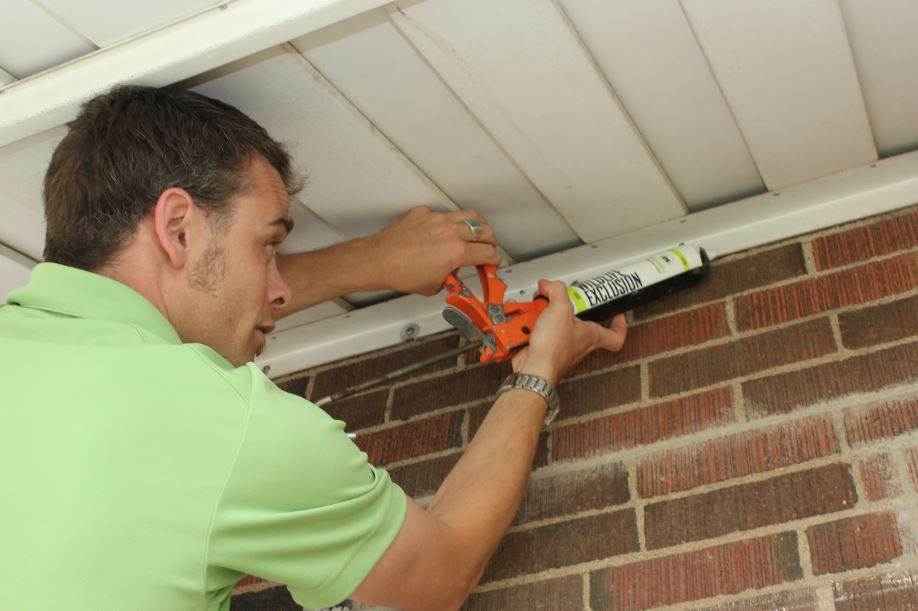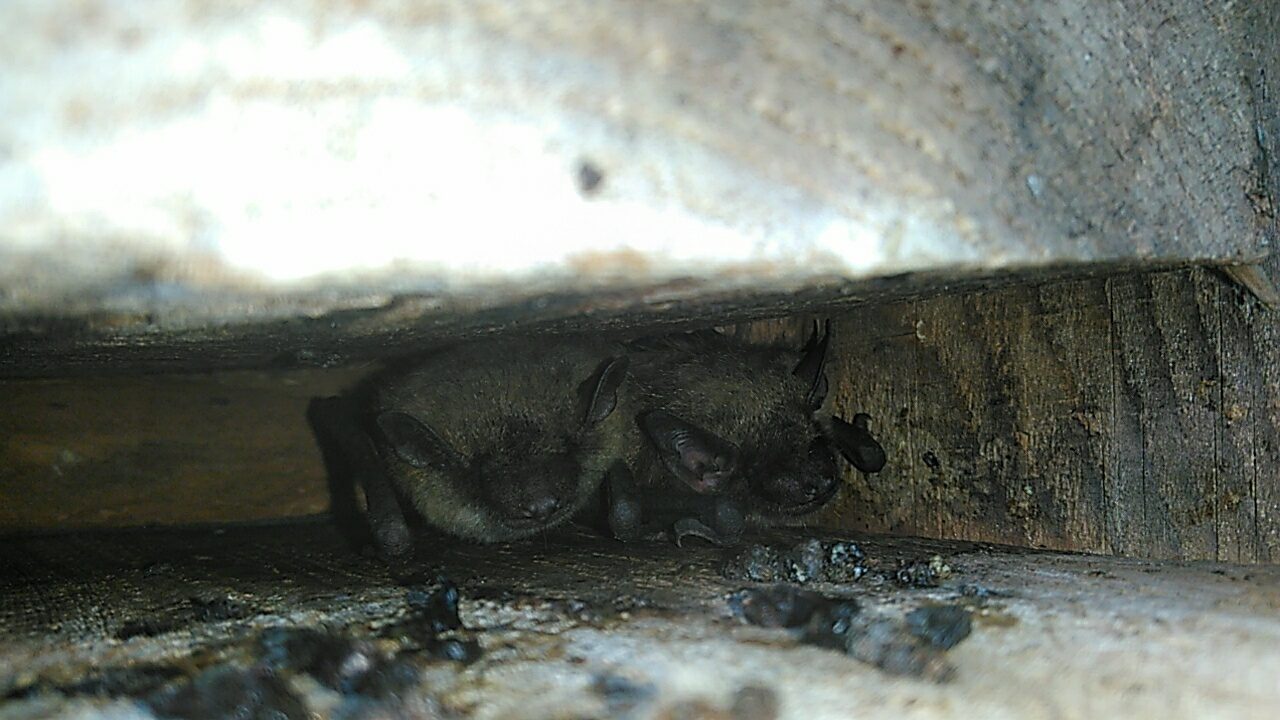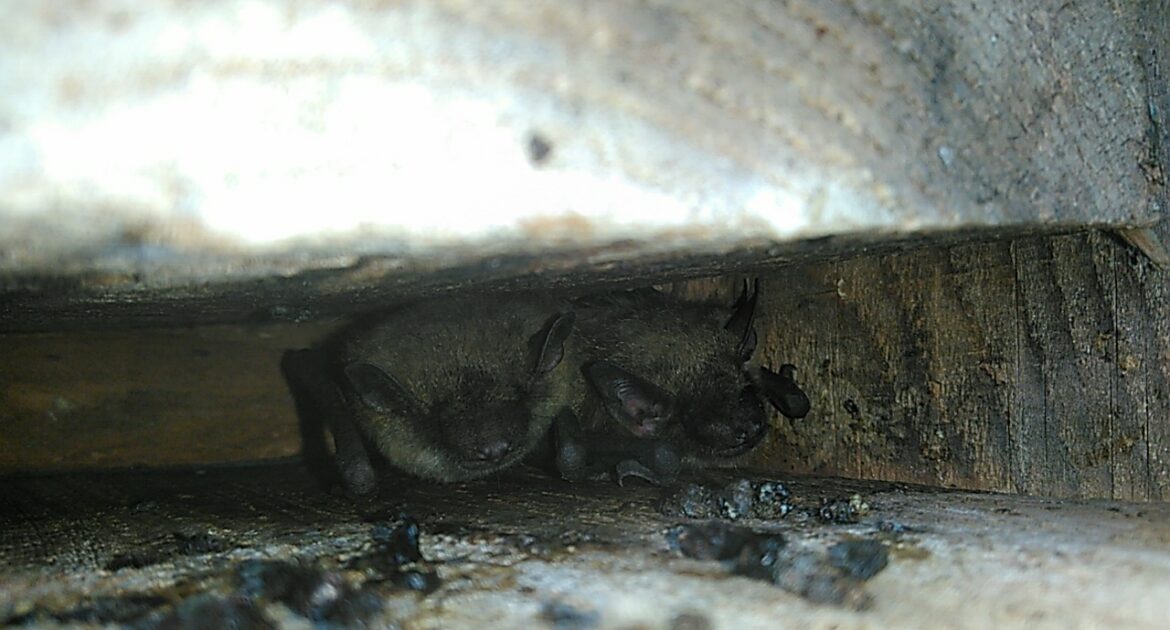For some people, living with bats can be a frightening and unpleasant experience. While bats are not as likely to transmit rabies as some other animals, they do carry the virus. You may, therefore, be anxious to remove your uninvited intruders from your home as soon as possible. Between the months of June and July, however, removing bats can be both unethical and unlawful. Here’s what you need to know before you call for bat removal in Kitchener.
Bats and Conservation
Bats are an incredibly important family when it comes to conservation. Bats eat a slew of insects that people don’t like, and large populations can even prevent serious agricultural downturns caused by insect pests. Because many of the most serious diseases known to mankind are insect-borne infections, bats play an important role in preventing them from spreading. Bats may even prevent malaria from moving northward as a result of climate change.
There are over a thousand species of bats worldwide, around 50 of which live in Canada and the United States. 8 species, approximately 18% of North American species, are endangered. Bats are threatened by human habitat incursions and human development, but they have also fallen victim to an insidious fungal infection called white-nose syndrome.
White-nose syndrome doesn’t affect humans but it is extremely contagious for bats. The fungus grows in cold temperatures, forcing bats to wake up early during hibernation. This is often deadly, as bats only build up enough fat stores to function at a very low level of activity. Once they wake up, they quickly burn up their resources and starve. Because so many bats are at risk of extinction, care must be taken when removing them from homes.
The Best Time to Remove Bats
Bats breed in June and July, so expelling them from your home during this time is a virtual death sentence for young bats. By sealing entrances for parents foraging for food, young, helpless pups invariably starve and die within walls and siding. Not only is this cruel and unpleasant, but it can also be a nuisance to clean.
While you wait for the fall and winter seasons, there are a few things you can do to prevent your bat problem from worsening. Taking care to ensure that you aren’t sealing any animals inside, look for gaps in your home and close them off to the environment. Make your way around your property and take note of areas that seem like they might be attractive to prospective animals. Some companies sell ultrasonic devices to repel animals, but these can cause problems for pets and more research on their safety is needed.
Bats hibernate in the winter, so this is the perfect time to call a removal professional. By installing one-way doors and monitoring your home over time, wildlife professionals make sure that animals can leave when they want to but won’t be welcomed back.

Bat Removal
If you have recently discovered a bat infestation in your home, don’t try to handle it on your own. Bats can bite and spread disease, and locking animals in can create its own suite of problems. Even in the off-season, a professional can help to survey your home and make sure animals aren’t finding their way in through unexpected breaches. Importantly, experts understand local regulations regarding the spread of white-nose syndrome and can help to prevent it.
Bats are fascinating, helpful, and desperately endangered. While you don’t need to put up with a population wreaking havoc on your siding, you should make every effort to avoid killing bats unnecessarily. At Skedaddle Humane Wildlife Removal, we aim to give evicted animals every chance they can possibly get. For quick, expert service, contact Skedaddle Wildlife Removal today.




